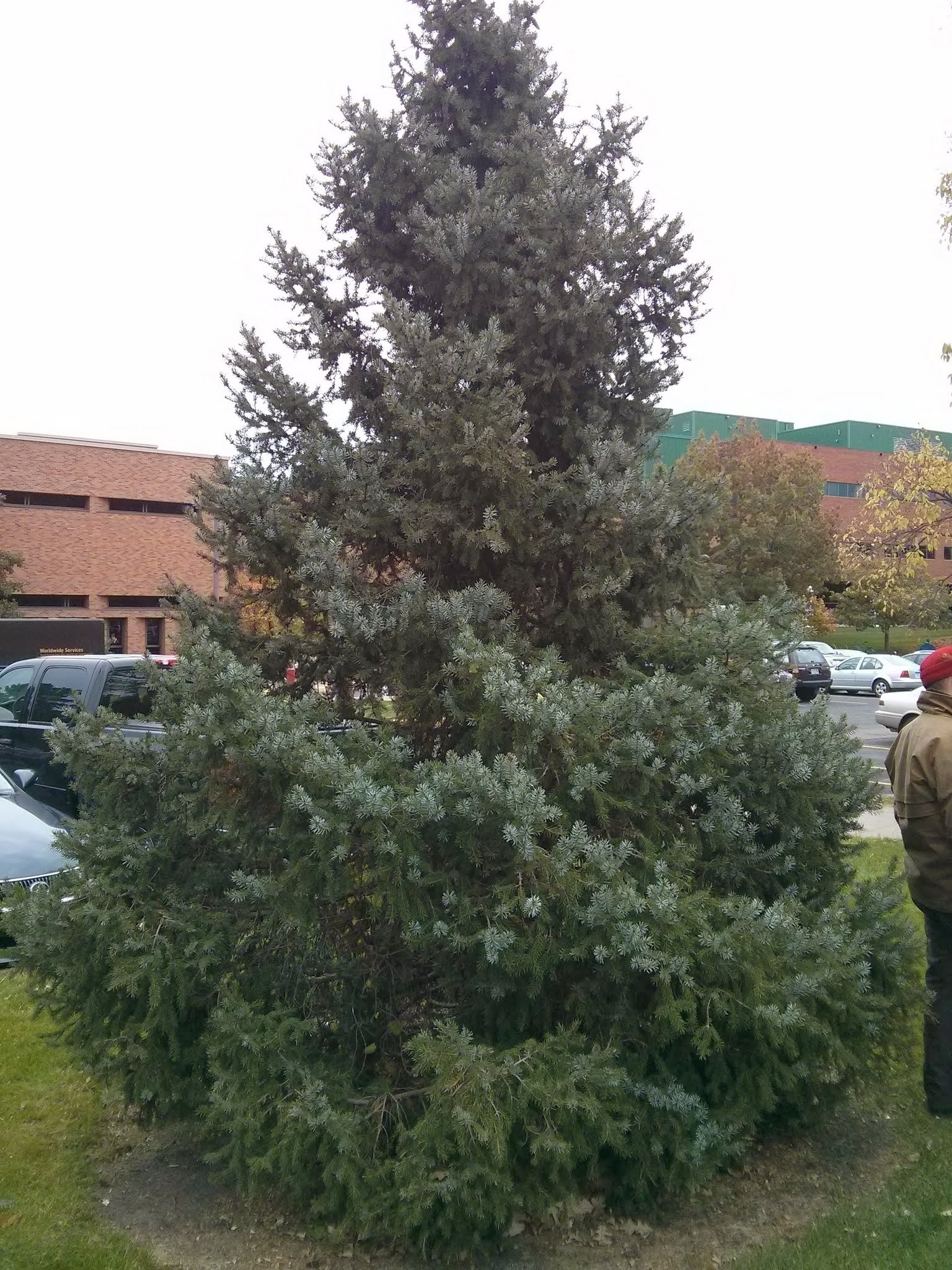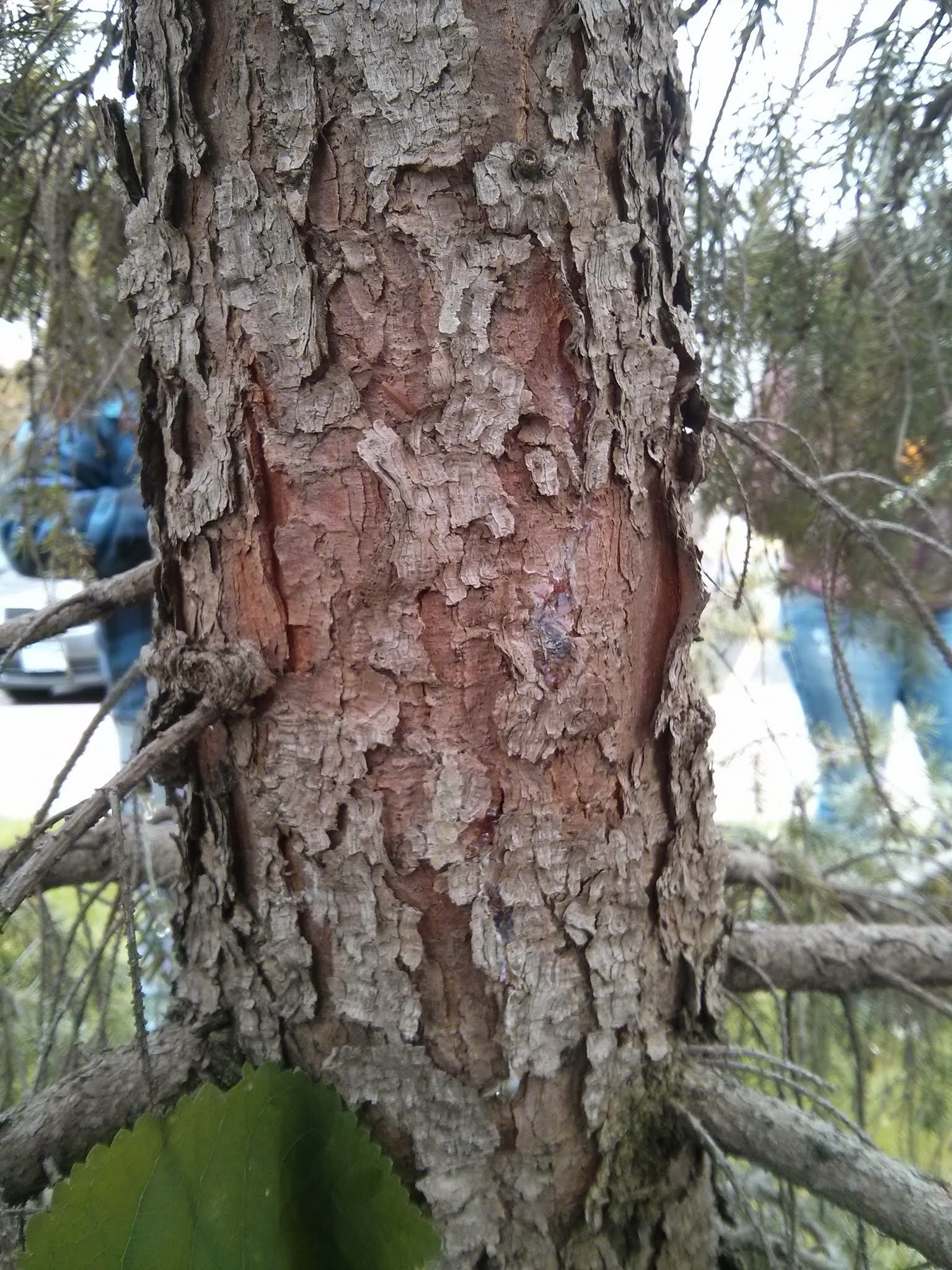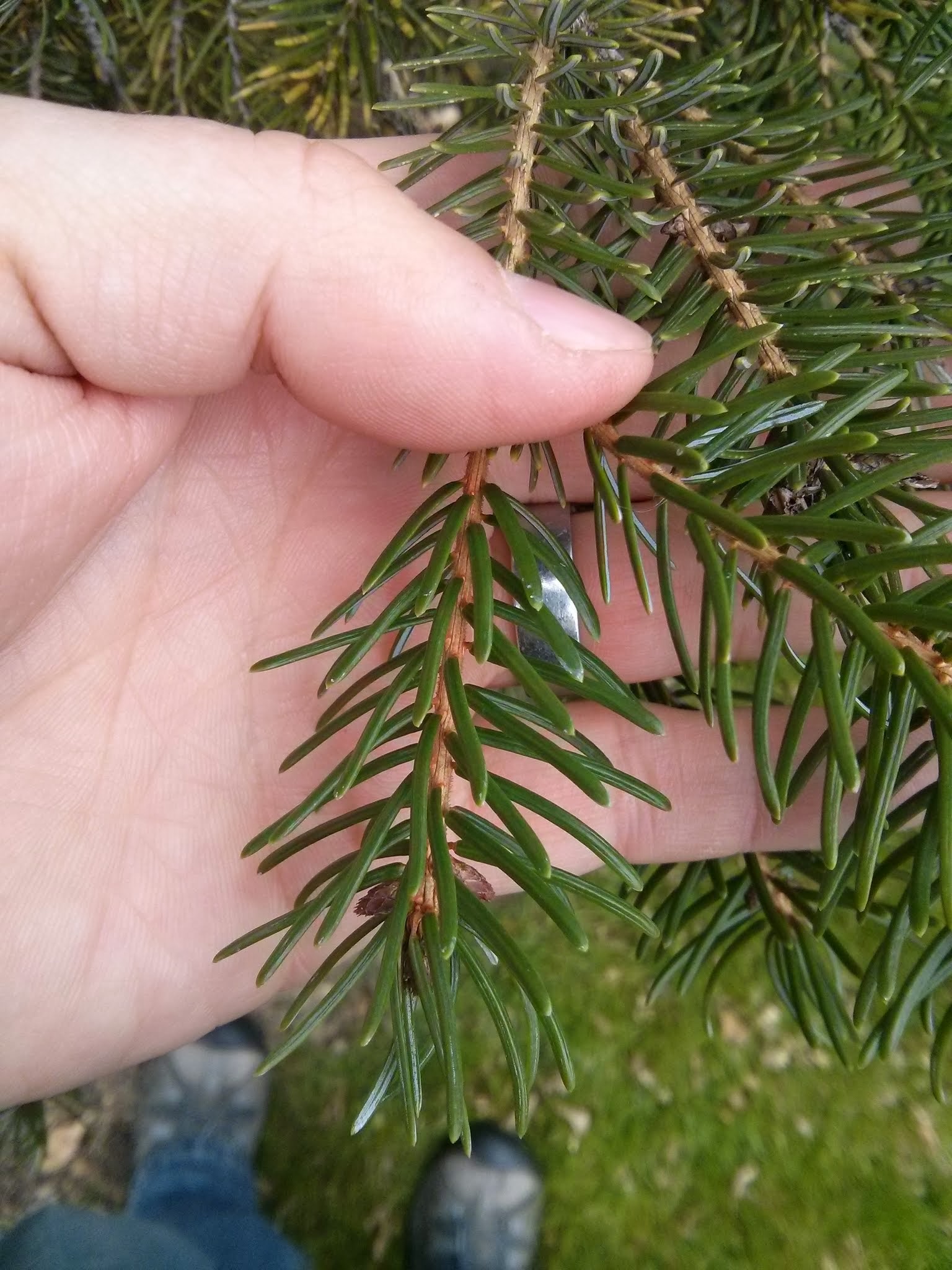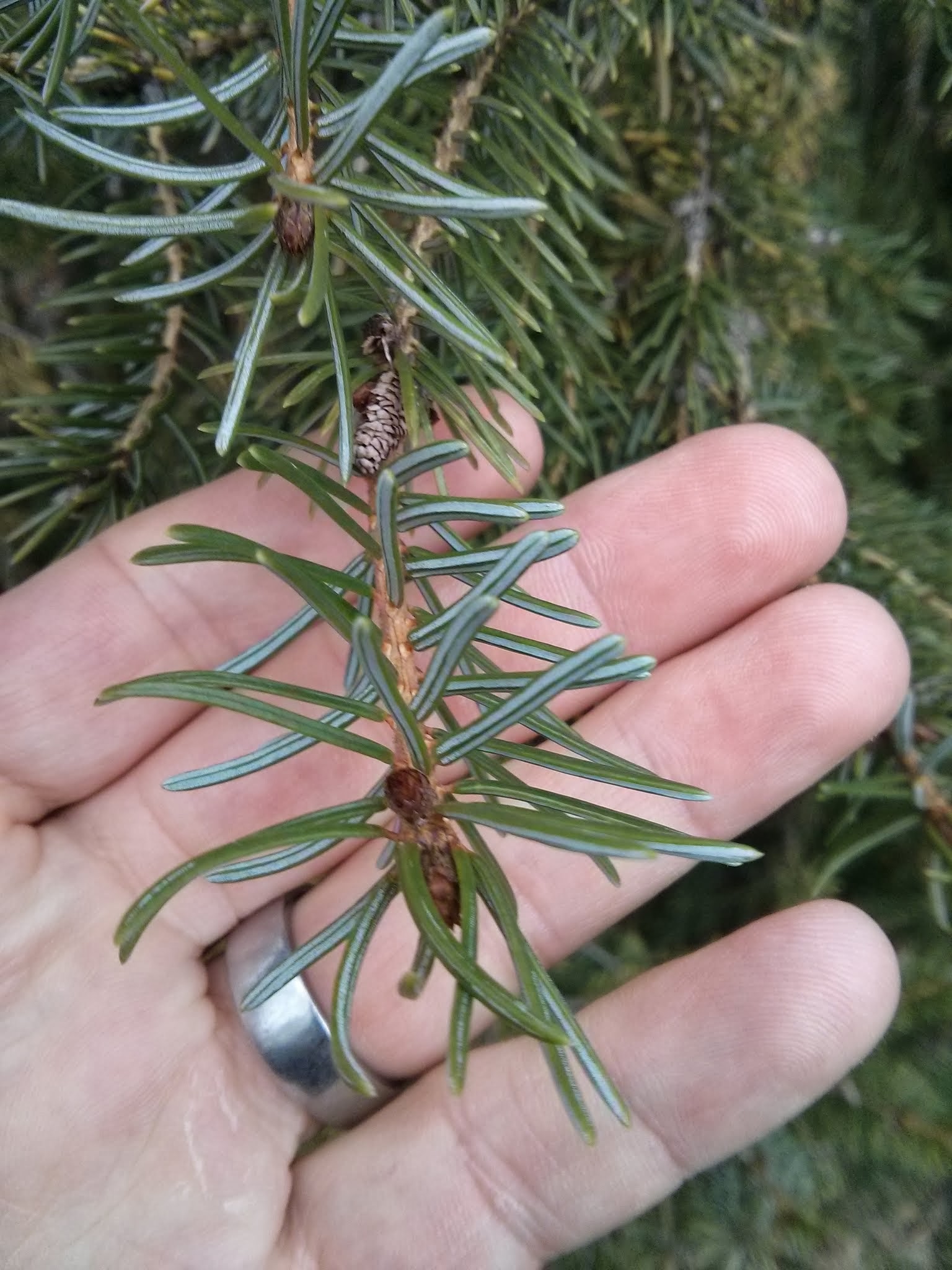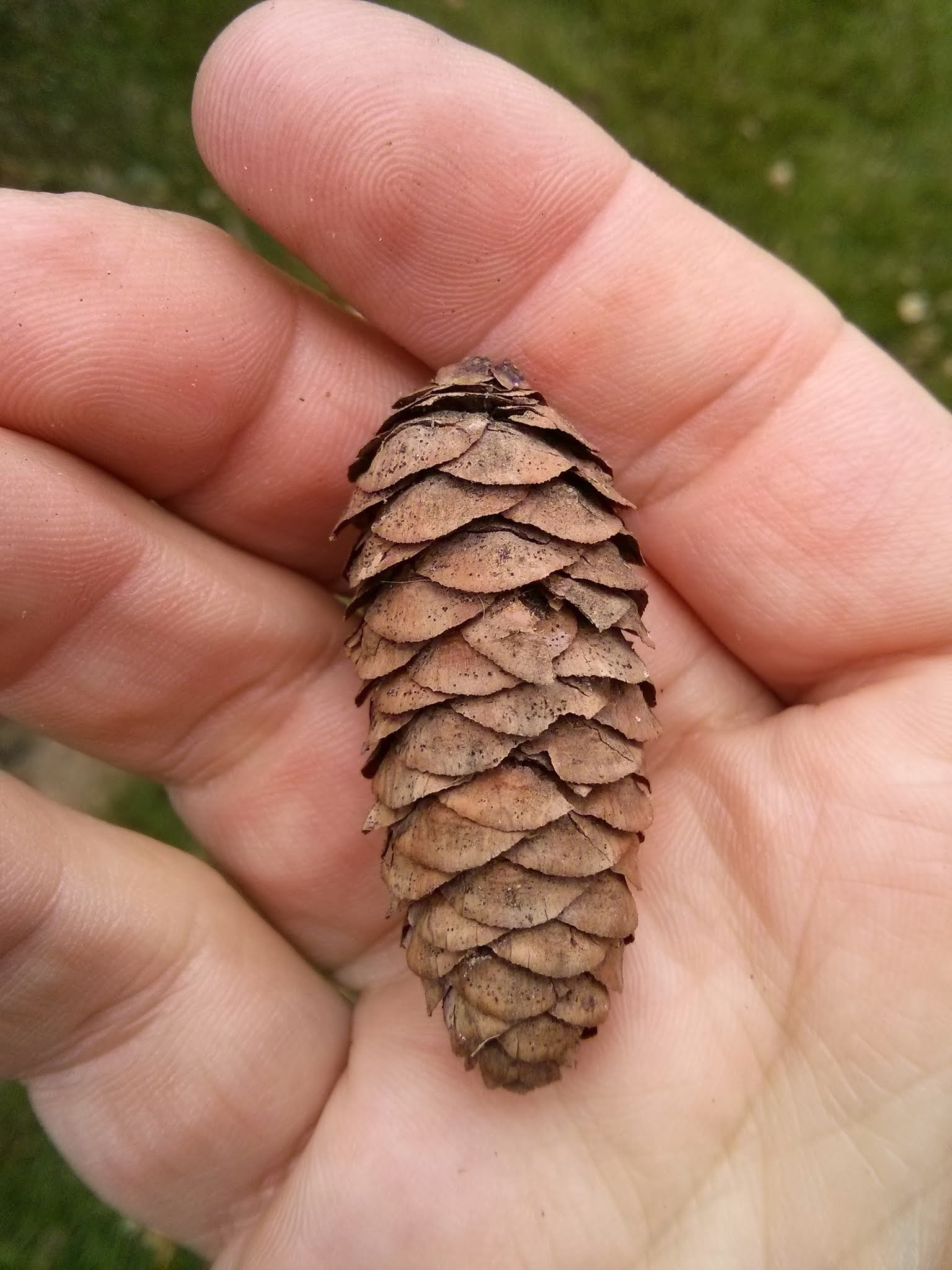Common Name: Serbian spruce
Scientific Name:
Family: Pinaceae
Genus: Picea
Species: omorika
Hardiness Zone: 4 to 7
Height: 50 to 60 ft
Width: 15 to 20 ft
Description:
Serbian spruce is a popular ornamental, but a non-native, tree. It is an evergreen tree with short branches that are upward-pointing when young and droop as the tree ages. One very distinctive feature of this spruce is its needle shape and smell. Spruce needles are generally square in cross-section, but Serbian spruce needles are flat in cross-section. The needle size is average for spruce at ½ - 1 inch long. Furthermore, when crushed, the needles emit a citrus-like aroma. The bark on Serbian spruce trees is scaly and brown. The tree’s cones are about 1 ½ inches long, hang downward, and are cinnamon-colored when mature.
Common characteristics:
The Serbian spruce is a medium-sized tree that can reach heights of 50' to 60' tall and 15' to 20' wide. Mature trees have a dark brown bark with thin peeling platelets. Needles are dark green and 1/2" to 1" long, they have distinct white bands on them that point forward. Its branches are short and pendulous, drooping down. Cones hang from the tips of branches, they are purple when young and turn a reddish-brown as they mature.
Where it grows:
Prefers moist, well-drained soils. It will tolerate dry sites and alkaline soils. It is intolerant to salt spray so it is not suited for planting near roads.
How it’s used:
Used as an ornamental or specimen tree in yards or parks. Plant this tree away from roads to avoid salt spray.
Ecosystem services:
Utilized by birds and browse mammals for habitat and food.
Where it is native to:
Native to southeastern Europe, Serbia, Bosnia, Herzegovina.
Known Varieties and Their Traits:
Dwarf Serbian spruce (Picea omorika 'Nana'): A dwarf cultivar growing 8 to 10 feet high. The shape is conical to globose.
Sky Trails Serbian spruce (Picea omorika 'Sky Trails'): Blue-green needles with contrasting white bands underneath; weeping habit.
Problems:
Generally susceptible to a number of insect problems, the most common of which are spider mites, aphids, budworms, and borers. There are no serious known diseases or insect problems.
References:
